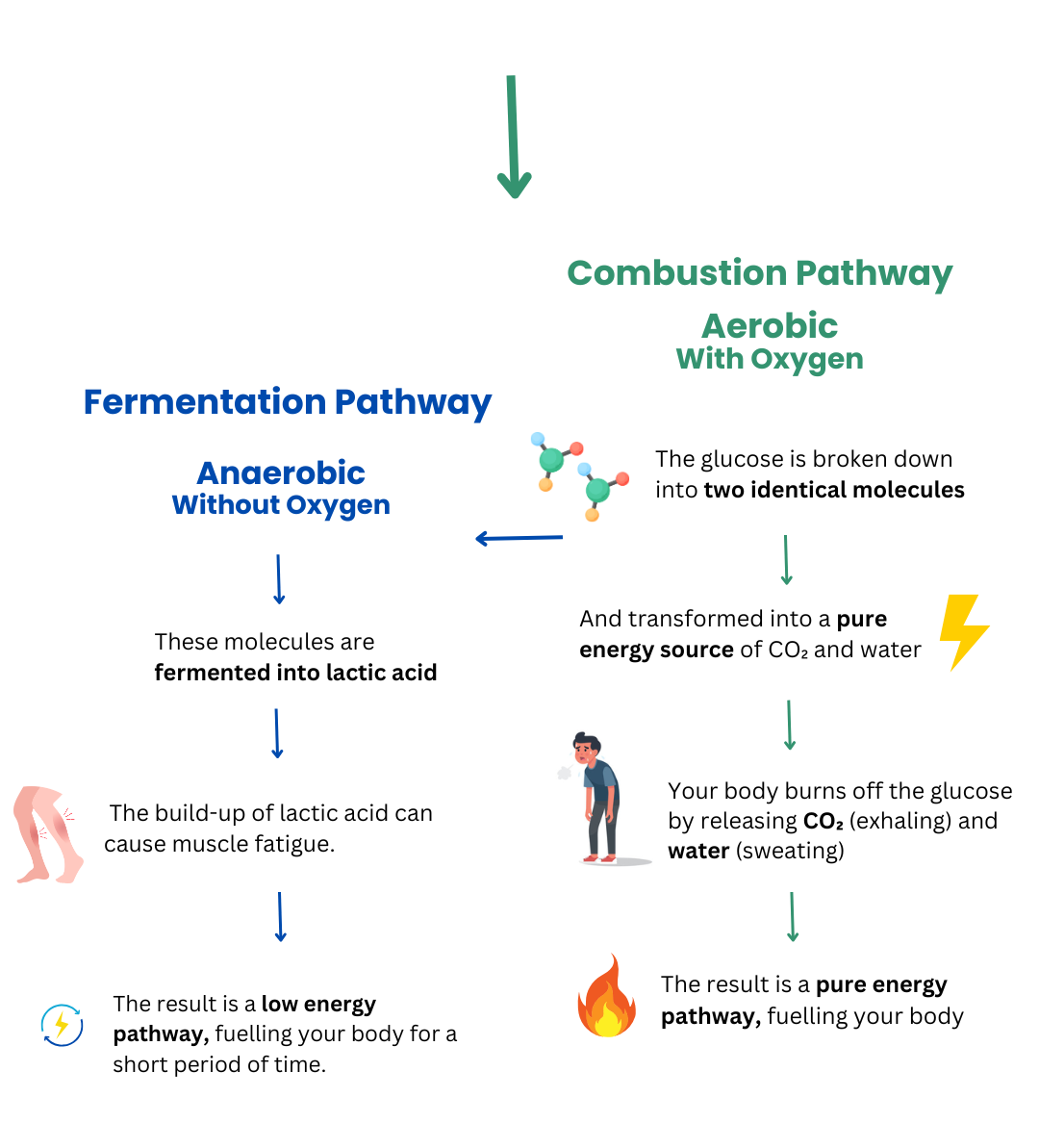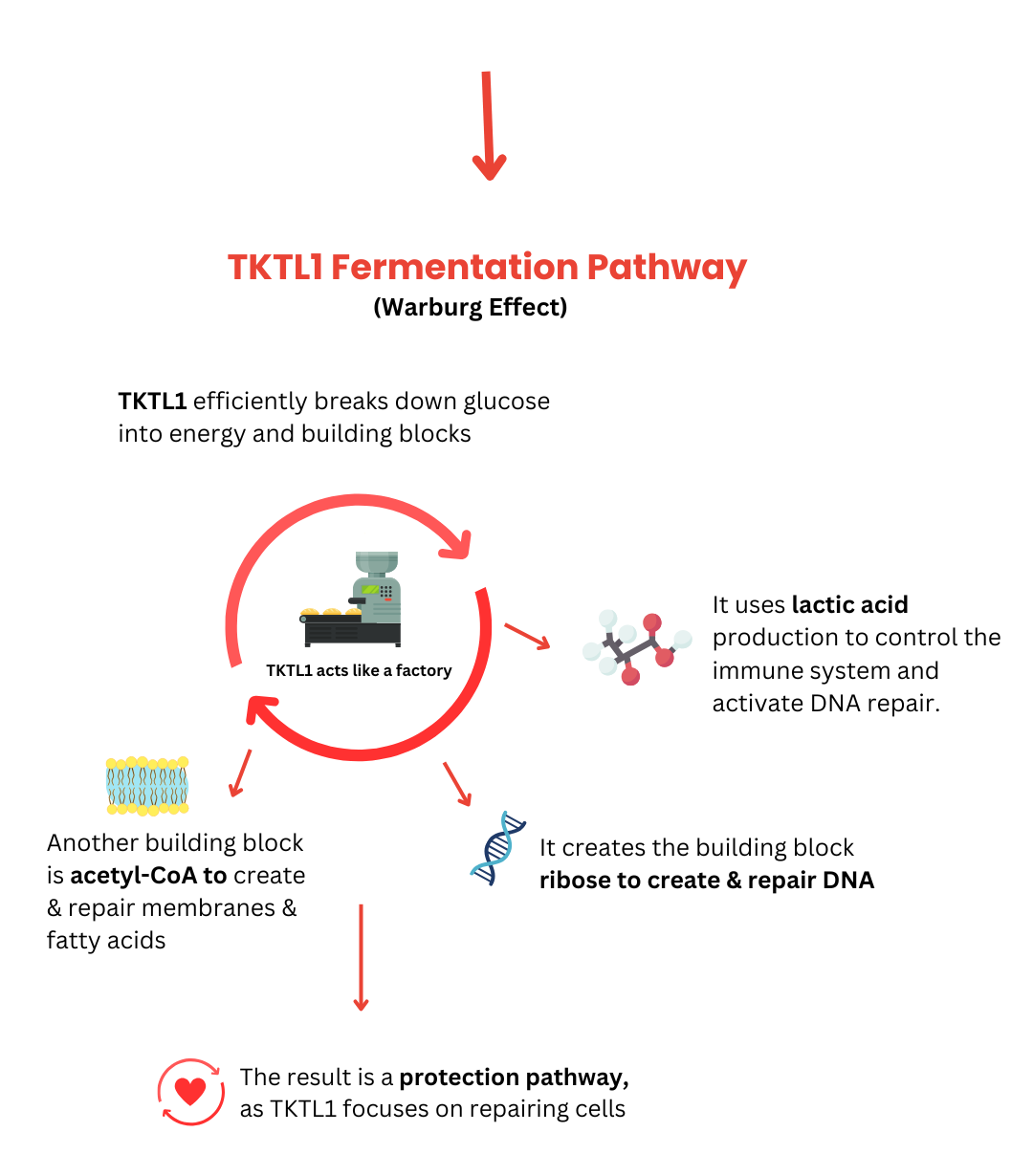What is Tagatose?
Tagatose is a sweet simple sugar (monosaccharide), with a very low glycaemic index and low-calorie content. Tagatose does not spike blood sugar or insulin levels.
Tagatose is derived from lactose. However, unlike lactose, tagatose can be tolerated by people with lactose intolerance. Breast milk is also a source of tagatose, providing babies with energy and supporting the development of healthy gut bacteria.
Tagatose occurs naturally at low levels in the gum from Sterculia setigera (an evergreen tree).
It is considered as sweets as classic sugar, but has 60 – 70% fewer calories.
Tagatose at a glance
- Prevents high blood glucose levels
- Low glycaemic index
- Low-calorie
- Switches on fat-burning
- Prevents and inhibits insulin resistance
- Tooth-friendly
More and more independent accredited research highlights additional benefits of tagatose, including its ability to slow cellular aging and damage, improve blood fat profiles, increase good cholesterol, promote the growth of beneficial bacteria in the colon, and reduce inflammation.

What makes Tagatose special
Low calorie
Sustains energy levels
Tooth-friendly
Balances blood glucose levels

Switch On Fat Burning
Tagatose prevents an increase in blood glucose levels and inhibits insulin production after carbohydrate consumption. Consuming strategic amounts of tagatose daily has been shown to support weight loss and stabilise blood glucose levels.
A study confirmed that 45g of tagatose per day could lead to a weight loss of 5.1kg per year. The dose used in the study was 45g (3 x 15g), and we recommend no more than 70g of tagatose per day.
Another recent study also demonstrated that insulin leads to the first steps of cell division and DNA duplication in fat cells. As a result, the fat cells produce substances causing inflammation, organ dysfunction, and premature ageing. Therefore, high levels of insulin cause a very negative effect on fat cells.
Tagatose helps prevent inflammation, organ dysfunction and premature ageing due to the absence or low effect of insulin increase in the blood.
How does the calorie content of tagatose compare to sucrose?
Using the classic ‘a calorie is just a calorie model’ (developed in 1848) it’s hard to quantify how incredible tagatose is, but when we revise the model to reflect reality, we can see why it energises us very differently.
As of October 2016, EFSA officially adopted tagatose as a reduced calorie sugar, with an energy content of 2.8 kcal per gram. The actual calorie content may be even lower. In the USA, the calorie content is 1.5 kcal.
| Classic Calories | Fermenting Calories | Oxidising Calories | |
|---|---|---|---|
| Tagatose | 1.5 kcal / g (USA) 2.8 kcal / g (UK & EU) | 0 kcal / g | 1.5 kcal / g (USA) 2.8 kcal / g (UK & EU) |
| Sucrose | 4 kcal / g | 4 kcal / g | 4 kcal / g |
Oxidising (using oxygen to release pure energy)




Making Energy from Metabolism
- Tagatose is poorly absorbed, and the low absorption rate effectively reduces the energy content.
- The majority of Tagatose becomes food for beneficial gut bacteria and is metabolised in the colon creating the short fatty-acid butyrate.
- Butyrate plays an important role in preventing and curing leaky gut.
- It is also important for preventing inflammation in the colon and the brain.
- Tagatose allows you to enjoy significant sweetness without a blood sugar spike.
Benefits
- Tagatose blocks the sugar receptors in the colon which reduces the uptake of other sugars, like glucose.
- Tagatose allows you to enjoy sweet treats that have a high glycaemic index because it slows down the absorption of glucose.
- Tagatose decreases the glycaemic index of other foods.
- The glycaemic index (GI) is 3, which is 95% less than table sugar.
- Tagatose tastes 90% as sweet as table sugar.
Tagatose’s unique metabolic effect makes it ideal for:
Cancer
Dental
Children
Sports
Ageing
Diabetes
What scientific evidence supports the use of tagatose?
Explore the latest scientific studies and peer-reviewed research on tagatose. Learn more about Dr Johannes Coy’s extensive research in the field of nutrition and metabolic health.
Frequently asked questions
Is Tagatose safe?
Yes. Tagatose is naturally derived sugar from lactose. It is not a man-made or artificial sweetener.
Is Tagatose good for diabetics?
Yes. Tagatose does not increase blood sugar levels or insulin levels. Diabetics can use tagatose without worrying about their blood sugar levels spiking.
Is Tagatose safe for cancer patients?
Yes. Tagatose does not trigger a rise in blood sugar levels. It can also reduce the rise of blood sugar levels from sugars consumed along with tagatose. Tagatose avoids and regulates blood sugar level rises, making it difficult for cancer cells to obtain sufficient glucose from the blood. This weakens the cancer cells and can help make chemo- and radiotherapy more effective. The short-chain fatty acid produced from tagatose by our good gut bacteria also actively fights aggressive cancer cells.
Does Tagatose raise blood sugar levels?
No. The European Food Safety Authority (EFSA) confirmed tagatose to provide the health benefit of stable blood glucose levels.
Does Tagatose raise insulin levels?
Tagatose is metabolized in a way that does not require insulin for its uptake, which means it does not cause a significant increase in insulin levels.
Is Tagatose healthy?
Yes. Tagatose offers a wide variety of health benefits – while still tasting sweet! Unlike classic sugar, tagatose allows us to satisfy our sugar-cravings without any negative health effects.
Is Tagatose keto-friendly?
Yes, Tagatose is suitable for a ketogenic diet as it does not cause blood sugar spikes and encourages fat mobilization and utilization, which are primary goals of the ketogenic diet.
Is Tagatose fructose-free?
Yes, tagatose does not contain fructose (making it suitable for people who are sensitive or intolerant to fructose).
Is Tagatose lactose-free?
Yes, tagatose does not contain lactose (tagatose is derived from lactose, but is separated from glucose during production, making it suitable for people who are lactose intolerant).
Is Tagatose gluten-free?
Yes, tagatose does not contain gluten (but could contain traces depending on manufacturing processes).
What is Tagatose made from?
Tagatose is a natural simple sugar (monosaccharide).
Tagatose is derived from lactose. However, unlike lactose, tagatose can be tolerated by people with lactose intolerance. Tagatose is also naturally found in breast milk.
What does Tagatose taste like?
Tagatose looks exactly like household table sugar. It tastes slightly sweeter than classic sugar and has 80% fewer calories.
What does Tagatose taste like?
Tagatose looks and tastes much like household table sugar, but it tastes slightly less sweet.
What is Tagatose?
Tagatose is a low-calorie, low-glycaemic sugar that is considered a healthier alternative to table sugar.
Where can I buy Tagatose?
The best way to incorporate tagatose into your diet is by using Dr Coy’s sugar mixtures. These mixtures have been scientifically developed to help lead a healthier lifestyle. Discover the full range of Dr Coy’s sugar mixtures from our partners.
Research & Resources Further Studies
- Removal and prevention of dental plaque with d-tagatoseThe International Journal of Cosmetic Science published a study on removing and preventing dental plaque with tagatose.
- Tagatose as a Potential Nutraceutical: Production, Properties, Biological Roles, and Applications
Researchers have reviewed the future possibilities of using Tagatose as a nutraceutical.
- D-Tagatose Is a Promising Sweetener to Control Glycaemia: A New Functional FoodThis study tested the dietary effect of the consumption of tagatose in type 2 diabetes and its ability to be a functional food for diabetics.
“Recent studies indicate that tagatose has low glycemic index, a potent hypoglycemic effect, and eventually could be associated with important benefits for the treatment of obesity. The authors concluded that D-tag is promising as a sweetener without major adverse effects observed in these clinical studies.”
- Tagatose: from a sweetener to a new diabetic medication?
- Tagatose, a new antidiabetic and obesity control drug
- Benefits of Tagatose for Gut Health
- Gut microbes modulate neurodegeneration
- D-Tagatose: A Rare Sugar with Functional Properties and Antimicrobial Potential against Oral Species
- Safety and Efficacy of D-Tagatose in Glycemic Control in Subjects with Type 2 Diabetes
- Dietary supplementation with d-tagatose in subjects with type 2 diabetes leads to weight loss and raises high-density lipoprotein cholesterol
- D-Tagatose Feeding Reduces the Risk of Sugar-Induced Exacerbation of Myocardial I/R Injury When Compared to Its Isomer Fructose

